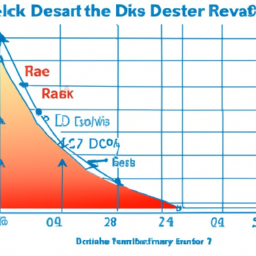When it comes to investing, the risk vs. reward equation is always front and center. Knowing which investments carry the most risk and which may be more likely to pay off is key to successful investing. This is where the concept of the discount rate comes into play: the lower the discount rate, the higher the present value of an investment.
In other words, the lower the discount rate, the more likely an investment is to pay off in the long run. But the risk-reward equation is complex, and understanding how to apply it to different types of investments is key to successful investing.
Let’s start with safe investments. Treasury notes, for example, are bonds that mature in more than one year but less than 10 years. These are considered relatively safe investments because the government guarantees the principal and interest payments. However, the yield on such investments is usually quite low. This means that investors may be less likely to take the risk of investing in a Treasury note than in a higher-yielding security. As a result, the discount rate applied to Treasury notes is usually higher than that applied to higher-yielding securities.
